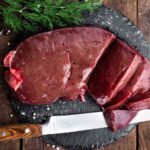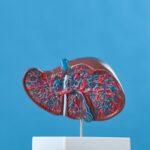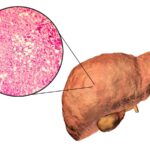Feline kidney disease is a serious health concern that can affect any pet, regardless of age. A proper understanding of the classification of the disease and its stages is key to effectively helping our pet. How do you recognize the symptoms of kidney disease, what tests are needed to make a diagnosis, and what nutritional approaches can improve a cat’s quality of life?
Classification of feline kidney diseases
The classification of kidney disease includes both acute and chronic conditions with a variety of causes and symptoms. Understanding these classifications and being able to recognize them is critical to effective veterinary intervention and helping our pet through difficult times. How do we classify these disorders?
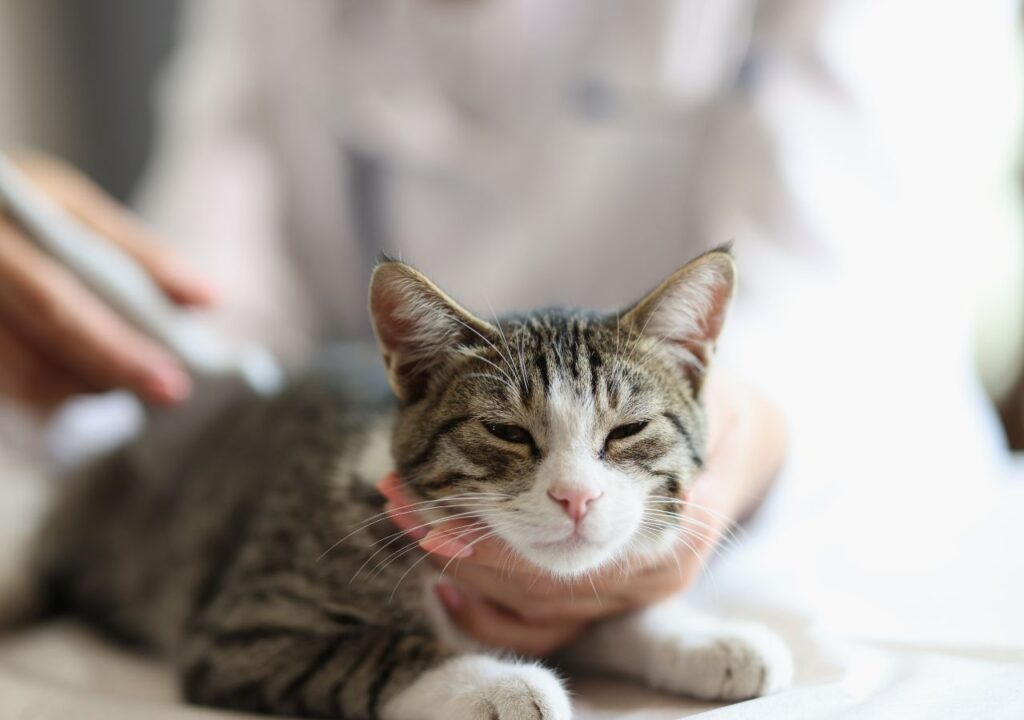
Acute kidney disease: causes and symptoms
Acute kidney disease in a cat is sudden damage to the kidneys that can lead to kidney failure in a short period of time. The causes can be many, including
- Toxicity, such as ingestion of toxic substances (drugs, chemicals, plants).
- Ischemia, which can be caused by a sudden drop in blood pressure, resulting in insufficient blood flow to the kidneys.
- Infections, such as nephritis caused by bacteria or viruses.
Symptoms of acute kidney injury may include
- Sudden vomiting and diarrhea
- Weakness and lethargy
- Changes in urinary frequency (often increased or decreased)
- Fluid retention, which can lead to edema
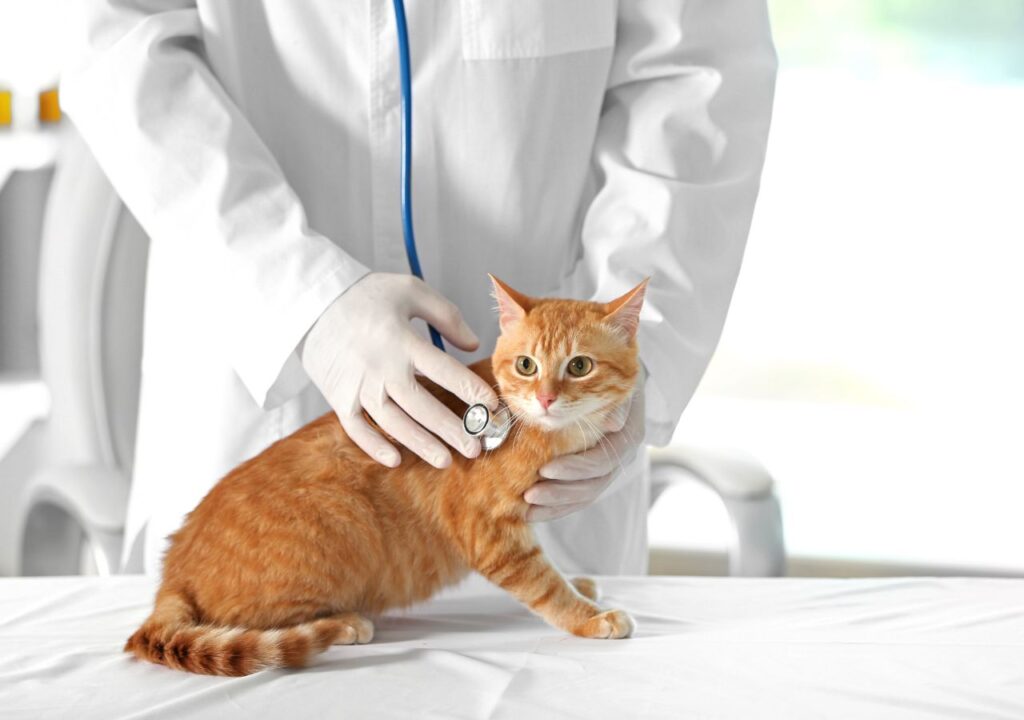
Feline chronic kidney disease: what is worth knowing?
Chronic kidney disease in cats (CKD) develops gradually, often over months or years. Causes may include
- Age – older cats are more susceptible to kidney disease.
- Associated diseases, e.g. diabetes, hypertension, urinary tract infections.
- Diet – poor quality, high phosphorus food can contribute to the disease.
CKD is divided into four stages of kidney disease in cats, with different symptoms and treatment recommendations:
- Stage I: Usually asymptomatic; there may be minor changes in blood tests.
- Stage II: Noticeable symptoms such as increased thirst and more frequent urination.
- Stage III: Symptoms become more severe; vomiting, loss of appetite and weakness may occur.
- Stage IV: Advanced kidney disease; severe symptoms requiring intensive veterinary care.
To diagnose kidney disease in a cat, tests such as blood levels of creatinine, urea, calcium, phosphorus, potassium and sodium are essential. In addition, a urine test to determine the protein/creatinine ratio and an ultrasound scan of the kidneys are very useful. Most importantly, we never diagnose kidney disease from a single elevated parameter such as creatinine alone!
Uremia in the cat
Uremia is a condition in which toxic substances build up in the blood due to kidney disease. It is a serious consequence of chronic kidney disease. Symptoms of uremia in a cat may include
Loss of appetite Vomiting and nausea Feeling confused or irritable Changes in urination Early diagnosis and treatment of renal uremia is very important to reduce the risk of serious complications.
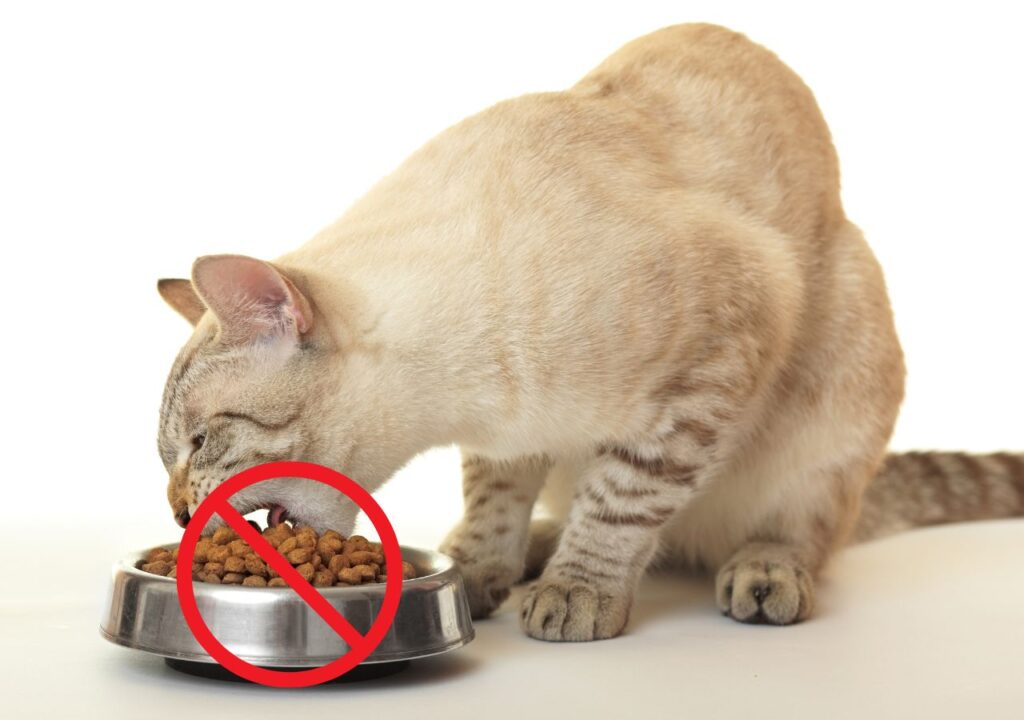
Kidney failure
Kidney failure is a condition in which the kidneys are unable to filter the blood properly and remove toxic substances. It can be acute or chronic:
- Acute kidney failure: a sudden deterioration in kidney function that may be reversible if we act quickly.
- Chronic kidney failure: a gradual loss of kidney function that is irreversible. It usually requires long-term treatment, including dietary changes and supportive therapy.
Diet for a cat with kidney disease
Proper nutrition is key to managing kidney disease in cats, as the kidneys play a fundamental role in blood filtration and toxin elimination. A proper diet can not only improve your pet’s well-being, but also slow the progression of the disease.
Hydration is one of the most important elements of the diet for cats with kidney disease. Damaged kidneys are unable to excrete water efficiently, leading to dehydration. It is therefore important to provide constant access to fresh water and introduce wet food to increase fluid intake. Canned foods, which contain 70-80% moisture, are an excellent source of fluid.
Low dietary phosphorus is another important goal. Sick kidneys do not excrete phosphorus efficiently, leading to a build-up of phosphorus in the blood. High levels of phosphorus can cause further damage to the kidneys. It is advisable to choose a diet low in phosphorus and to avoid foods high in phosphorus, such as fish.
As kidney disease progresses, it may be necessary to limit protein. In advanced stages of chronic kidney disease, the kidneys are less able to filter metabolic products efficiently. A high protein intake can lead to the accumulation of toxic substances that cause uremic symptoms. The diet should therefore be low in protein but high in quality, based on easily absorbed sources such as pork and beef.
Proper nutrition for cats with kidney disease
Proper nutrition for cats with kidney disease is key to improving their quality of life and slowing the progression of the disease. Carers should pay particular attention to the type of food and its ingredients to ensure their pet is getting the right diet to support kidney health.
Why is dry food not recommended? Firstly, they have a low moisture content, which can lead to dehydration, which can be detrimental to kidney function. Secondly, many dry foods contain high levels of phosphorus (especially inorganic phosphorus), which can put a strain on sensitive kidneys. Finally, some dry foods use preservatives and artificial additives, which can be difficult for weakened kidneys to tolerate.
BARF and cooked diet are diets that are gaining popularity among cat caregivers. The main principles of the BARF diet are based on matching the food to the cat’s natural needs, which means high quality animal protein and appropriate supplements. The advantage of homemade diet is that you can carefully control the levels of nutrients such as protein, phosphorus and moisture.
More about cooked diet for cat you can read in article: ,,Homemade food for the cat – what to cook for the cat?”.


